
Starting June 1st, 2023 Our warehouse fee will be $0.65/cubic foot per month
In effort to lower the warehouse storage fee during inflation, we have went narrow aisle racking.This construction took us four months but the project is finally completed. With narrow aisle racking, we are able to drop storage by 24%.We as partners will go through this inflation together.
04/09/2024
E-commerce businesses that engage in international product imports typically focus on two key concerns: the speed of product arrival at their warehouse and the impact on their cash flow.
The journey of a large shipment from another country to the US isn’t as simple as leaving a warehouse and arriving at the business’s doorstep. Before it reaches its destination, it must pass through US Customs and Border Protection (CBP). This process could lead to the package getting stuck in customs, causing significant delays in delivery times and tying up financial resources.
In-bond shipments provide a solution by allowing goods to transit through countries without immediate customs clearance and valuation, thereby saving both time and money. Worldcraft Logistics specializes in simplifying this process, assisting businesses in avoiding the common pitfalls of international shipping.
In this article, we will explore the benefits of in-bond shipments, potential challenges that may arise, and how can help navigate the entire process.
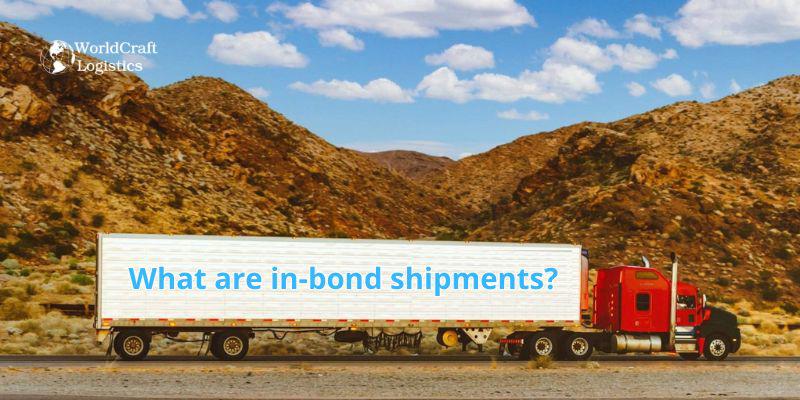
In-bond shipments refer to goods that enter a destination port of a country but do not undergo immediate customs clearance. Instead, these items are either stored in a bonded warehouse or transferred to another customs-controlled area within the same country. This defers the payment of duties and taxes until the goods are ready for final importation. This method is advantageous for businesses seeking flexible inventory management and cost savings.
The process of handling in-bond shipments requires meticulous attention to customs regulations, including:
Accurate documentation: Each in-bond shipment must be accompanied by detailed records of the goods, specifying their origin, destination, and the reason for their in-bond status.
Timely reporting: Businesses are obligated to report the movements of in-bond goods to customs authorities at each stage, from arrival to departure or final importation.
Compliance with bonded facilities: Goods must be stored or transported exclusively through facilities authorized by customs. These facilities ensure the secure and proper management of in-bond items until duties are settled or they are exported.
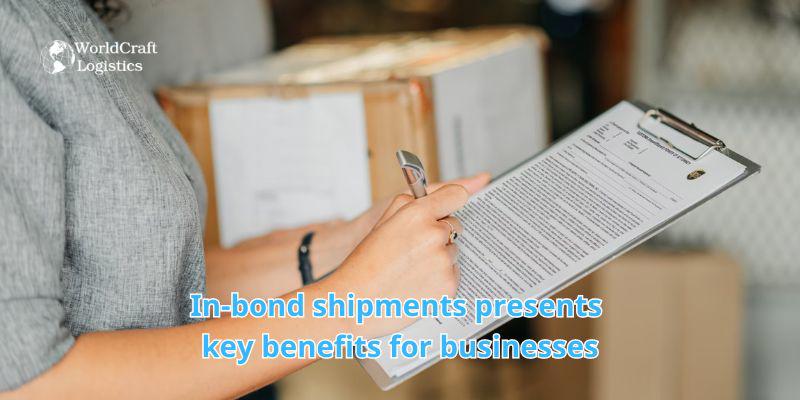
Opting for in-bond shipments offers several advantages for businesses engaged in international trade:
In-bond shipments streamline the shipping process by bypassing traditional storage and wait times at ports, allowing goods to move directly through or to another customs-controlled area. This results in reduced transit times and enhances logistics efficiency.
In-bond shipments alleviate the complexities of customs regulations by deferring full customs clearance until the goods reach their final destination or are ready for exportation. This reduces administrative burdens associated with customs procedures.
With in-bond shipments, businesses can defer the payment of import duties and taxes until the goods are officially entered into the commerce of the importing country. This improves cash flow by freeing up capital for other business needs.
In-bond shipments allow for the consolidation of goods from multiple suppliers into one shipment at the port of destination, which can then be deconsolidated closer to their final destination. This process leads to cost savings on shipping and handling and streamlines logistics.
By utilizing in-bond shipments and bonded warehouses, businesses can optimize inventory management. Delaying customs clearance provides flexibility to align inventory levels with demand, ensuring products are available when needed without tying up capital unnecessarily.
In-bond shipments integrate advanced tracking and management systems, providing real-time visibility into the supply chain. This enables businesses to make informed decisions, enhance forecasting accuracy, and improve overall supply chain efficiency.
By leveraging in-bond shipments, businesses can streamline international trade operations, reduce costs, and enhance competitiveness in the global market.
Navigating the in-bond shipment process might appear daunting initially, but with proper guidance, it can become a strategic advantage for your business. This section offers a step-by-step guide, from initiation to completion.
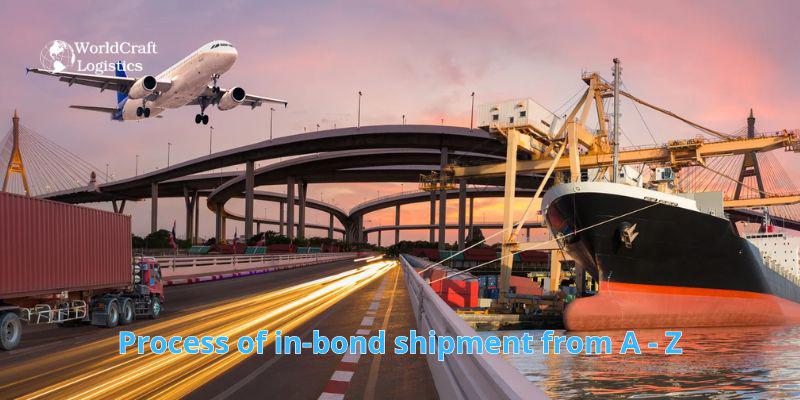
In-bond application: Submit an application to CBP via an electronic data interchange (EDI) system. Include details such as merchandise description, HTSUS number, container seals and number, quantities, and U.S. port destination.
Completion of in-bond entry (CBP form 7512): Provide information on the freight’s entry point into the U.S., final destination, consignee details, foreign ports it will pass through, and estimated departure or export dates.
Customs bond: Post a bond with CBP to ensure payment of duties, taxes, and penalties. This can be a transportation and exportation bond (T&E) or an immediate transportation bond (IT).
Bill of lading: Serve as a receipt for the goods shipped, outlining type, quantity, and destination. It's a contract between shipper and carrier, detailing transportation terms to the in-bond destination.
Packing list: Complement the Bill of Lading with a detailed inventory of shipment contents, aiding customs verification and inspection.
Worldcraft Logistics aids businesses in overcoming these initial challenges, providing expertise to navigate compliance and documentation complexities.
Bonded carrier: Utilize a carrier authorized to move goods under bond from the port of entry to another customs-controlled area or bonded warehouse. These carriers ensure compliant in-bond movement, adhering to customs regulations.
Advanced tracking technology: Employs advanced tracking to offer real-time visibility into shipments, providing updates on location and status. This technology helps identify and resolve potential transit delays or issues.
Customs clearance and delivery: This stage involves formal entry of goods into the commerce of the destination country. Worldcraft Logistics simplifies this by coordinating with experienced customs brokers to ensure adherence to regulations and calculation and payment of necessary duties and taxes.
In-bond shipments pose a distinctive array of challenges, ranging from regulatory compliance to intricate logistics. While navigating these obstacles independently is feasible, it can be daunting, especially for businesses venturing into international fulfillment for the first time. Whether businesses opt for a solo approach or decide to partner with an experienced logistics provider like Worldcraft Logistics, grasping the potential challenges of the process is paramount.
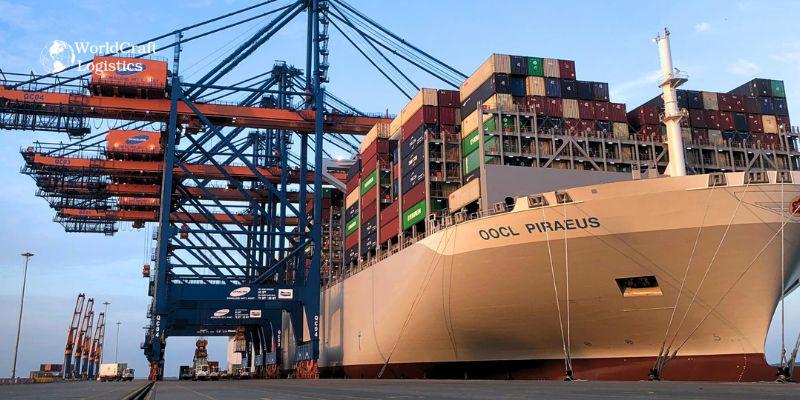
Staying abreast of international shipping regulations is essential to sidestep costly delays and penalties. These regulations are dynamic, evolving in response to new security measures, trade agreements, and geopolitical shifts.
Worldcraft Logistics offers an in-depth comprehension of these regulations, ensuring businesses maintain compliance despite regulatory changes. By closely monitoring updates and adapting processes accordingly, Worldcraft Logistics furnishes businesses with the requisite guidance for adaptation.
In-bond shipments, characterized by multifaceted steps and detailed requisites, present a logistical conundrum. From accurately completing and submitting paperwork to navigating customs procedures and ensuring punctual delivery, each phase necessitates expertise.
Worldcraft Logistics streamlines these intricacies by managing paperwork, liaising with customs, and ensuring adherence to all regulatory stipulations. Leveraging expertise in logistics, Worldcraft Logistics simplifies the in-bond shipment process, rendering international shipping more accessible and less burdensome for businesses.
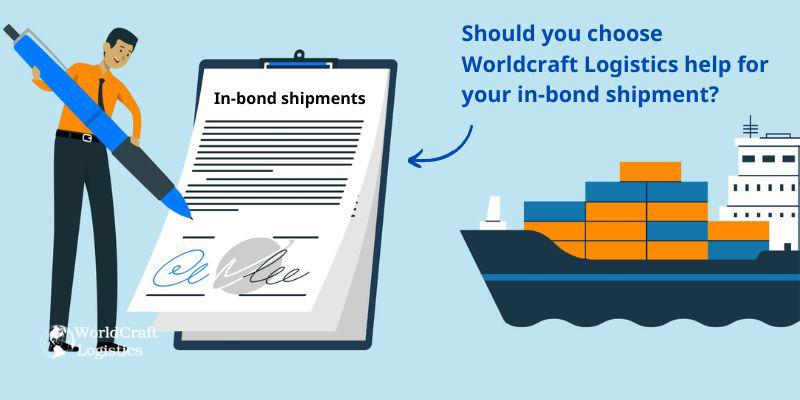
The advantages of in-bond shipments are evident, as they enhance transit efficiency, defer customs fees payment, and grant businesses greater flexibility in managing inventory and supply chains.
Opting for Worldcraft Logistics for your in-bond shipment requirements means aligning with a leader in logistics innovation, enabling you to navigate the intricacies of international trade effortlessly. Powered by a combination of expert guidance, streamlined processes, and cutting-edge technology, Worldcraft Logistics ensures precise management of your in-bond shipments.
"China and the UK are our largest markets outside of the US. We had been shipping cargo from our warehouses in California and Texas to these regions for quite some time. However, we were losing out on revenue due to bearing import fees and taxes. Outsourcing fulfillment there was a strategic move to recapture some of that lost revenue.
Additionally, we aimed to enhance customer satisfaction by expediting order delivery times and avoiding frustrating customs delays. Partnering with Worldcraft Logistics for US fulfillment has proven highly beneficial for us."
Larry M, Warehouse Director of a Southern California-based electronic equipment company.
Furthermore, if you're importing products from high-tariff categories and shipping to US-based customers, worldcraftlogistics.com can assist in saving on import costs - CONTACT US.
Moreover, we offer a Delivered Duty Paid (DDP) shipping option, ensuring your customers are never surprised by unexpected duty or tax fees, thereby facilitating a smoother international shipping experience.
With Worldcraft Logistics, you receive personalized guidance, access to a robust logistics network, and superior technology aimed at simplifying ecommerce shipping, regardless of your products' destination.
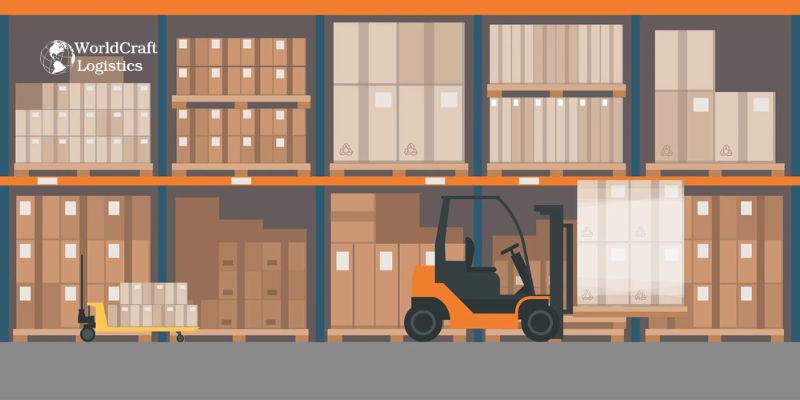
To initiate an in-bond shipment, you need to submit an in-bond application to the customs authorities, providing details such as merchandise description, quantities, container seals, and the U.S. port of destination. Additionally, you'll need to complete a CBP form 7512 and obtain a customs bond.
The documents required for an in-bond shipment typically include:
In-bond application
Completion of in-bond entry (CBP form 7512)
Customs bond
Bill of lading
Packing list
Logistics providers, customs brokers, and freight forwarders are experienced in handling in-bond shipments and can assist businesses in navigating the complexities of the process. These professionals can provide guidance on regulatory compliance, documentation requirements, and logistics management.
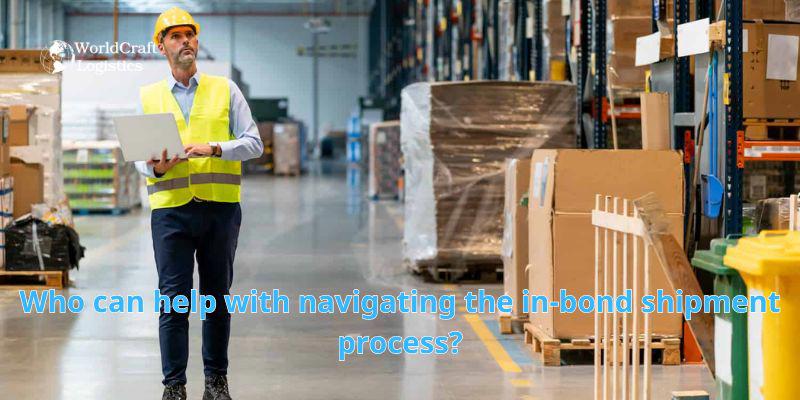
Risks associated with in-bond shipments include potential delays in customs clearance, regulatory compliance issues, and the risk of goods being lost or damaged during transit. It's essential for businesses to work with experienced partners and stay informed about changes in regulations to mitigate these risks.
Most logistics providers offer tracking services for in-bond shipments, allowing businesses to monitor the status and location of their goods in real-time. Advanced tracking technology enables businesses to stay informed about their shipment's progress and address any issues that may arise during transit.
SEO
Digital Marketing/SEO Specialist
Simon Mang is an SEO and Digital Marketing expert at Wordcraft Logistics. With many years of experience in the field of digital marketing, he has shaped and built strategies to effectively promote Wordcraft Logistics' online presence. With a deep understanding of the logistics industry, I have shared more than 500 specialized articles on many different topics.

Education
01/05/2025

Education
02/18/2025

Education
01/01/2024

Education
08/28/2024
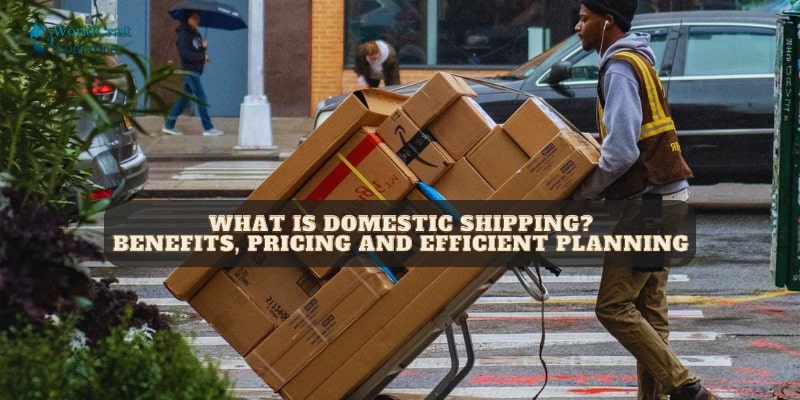
Education
11/13/2023